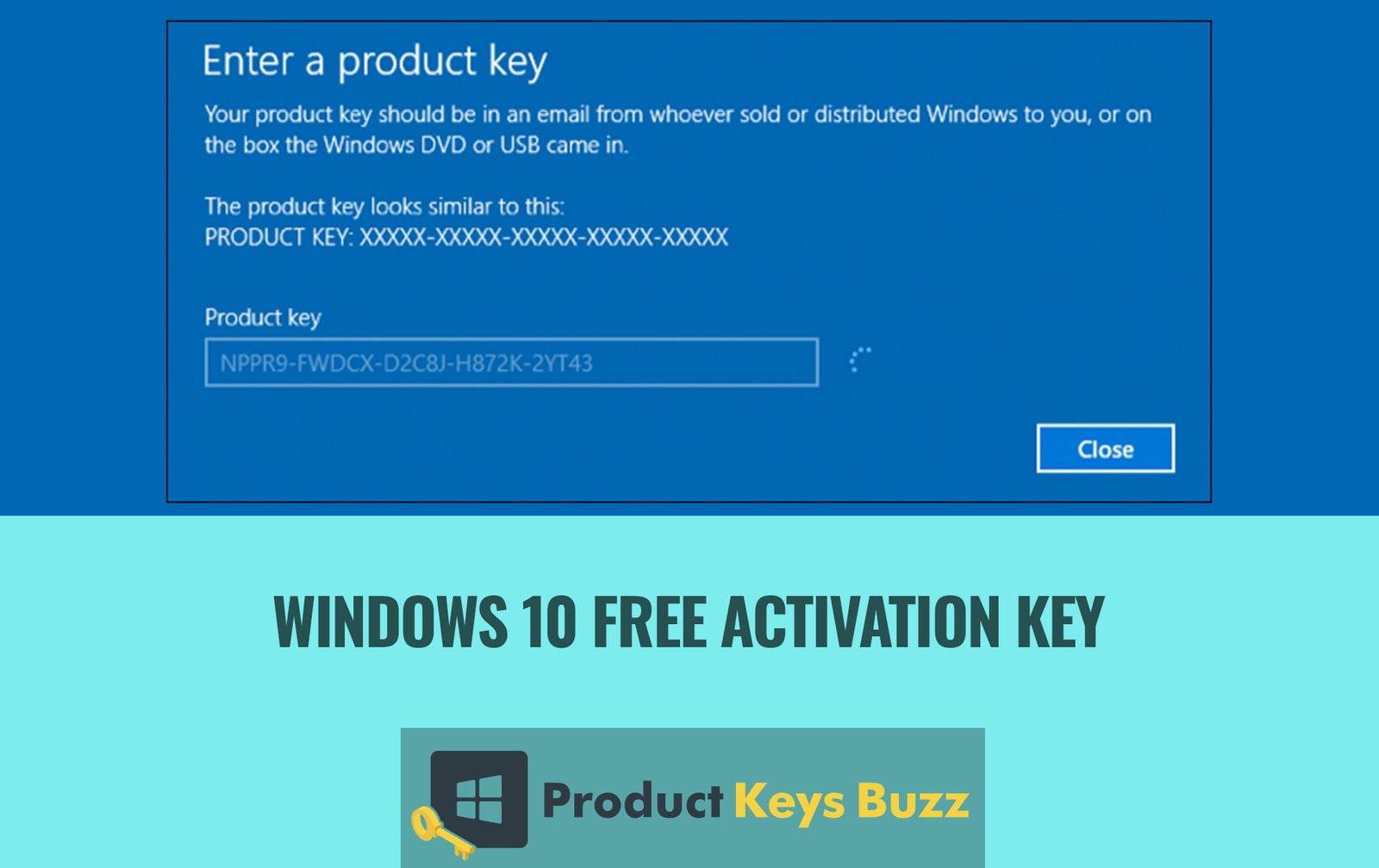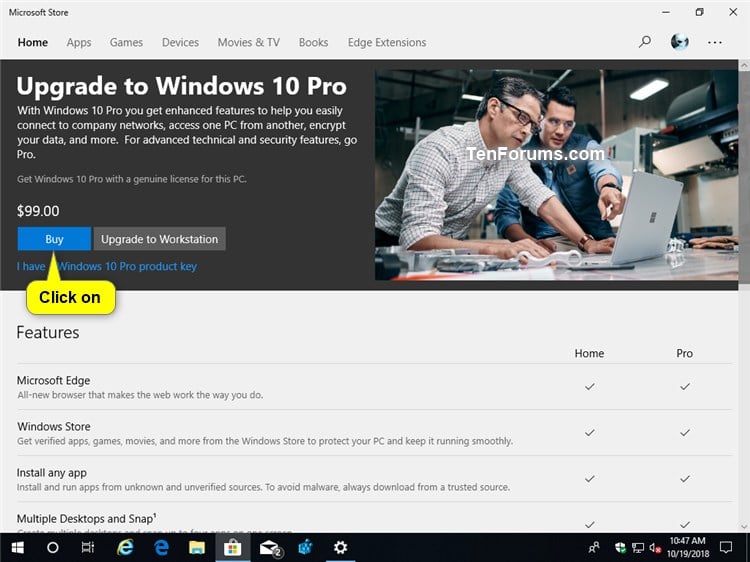
You need to re-install with the proper edition. Otherwise, Windows will require you to enter a product key matching the edition of Windows that was installed. Instead, if Windows can find a matching digital entitlement, or a product key in the BIOS, it will activate with that. īut, it won't automatically change editions. It is one of the nice new features about Windows 10 that eliminates keeping track of the product key. Windows 10 will automatically activate using a digital entitlement that is stored on Microsoft's servers and it is recognized as belonging to your system by a hash of various hardware and software components. Which edition of Windows 10 did you install? There is some important missing information in your question. I am not looking for more suggestions of "try reinstalling this way, maybe it will work". If you don't know of such a solution, then simply leave the question unanswered. The answer I am looking for is a solution that is specifically known to work with a refurbisher's product key. This is a possible solution, but one which I have not had time to try yet.

Is there any way to get back to Windows 10 Pro using the product key on the sticker? I already tried following Microsoft's directions by entering that key in the Activation page of Settings, but Windows says it is invalid.Īnswers to a different question state that with a retail Windows 10 Pro key, one can modify the installer ISO to use that key automatically, and it will take precedence over the key in the BIOS. However, the new install of Windows 10 automatically activated itself with a Windows 10 Home key that is apparently embedded in the laptop's BIOS. I then installed an SSD into the laptop and did a clean install of Windows 10 using an ISO image downloaded from Microsoft.


I recently purchased a refurbished HP laptop that came with Windows 10 Pro installed and has a "WINDOWS 10 PRO FOR REFURB PCS" product key sticker.


 0 kommentar(er)
0 kommentar(er)
